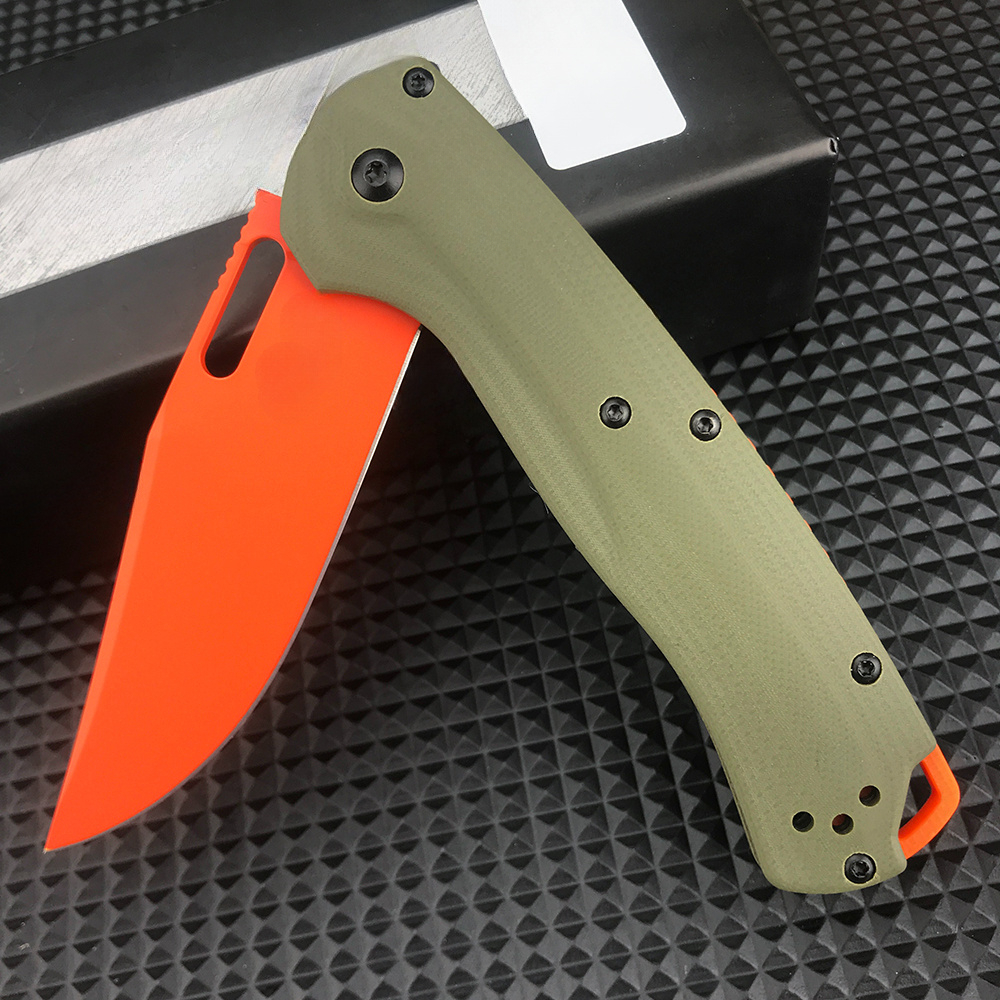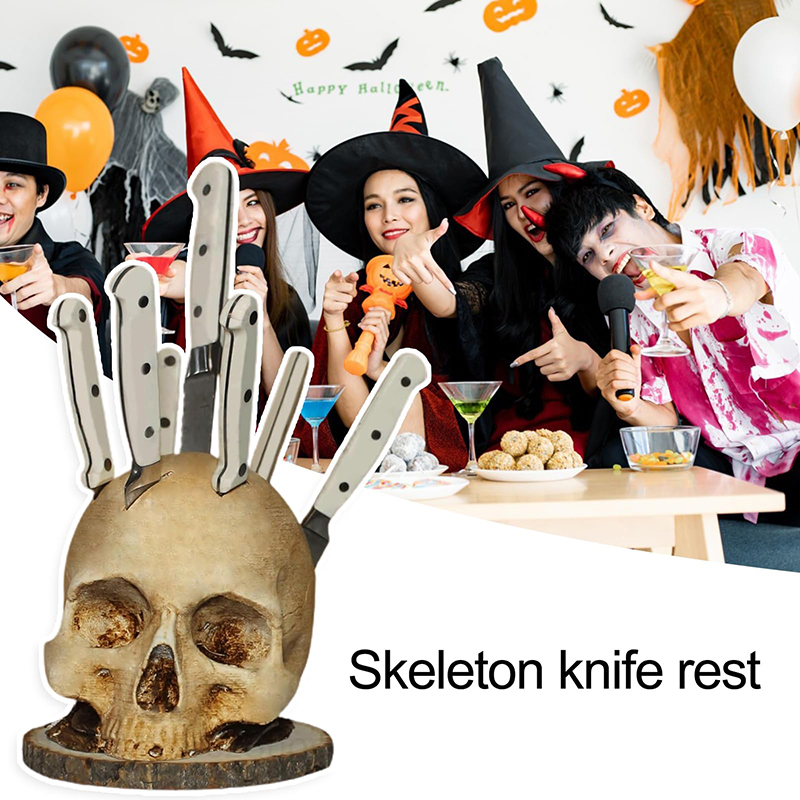 Introduction:
Introduction:
Painting kitchen cabinets is a popular and cost-effective way to update the look of your kitchen. However, before undertaking a cabinet painting project, it’s important to understand the costs involved. In this comprehensive guide, we will explore the factors that determine the cost of getting kitchen cabinets painted. By understanding these factors and considerations, you can budget accurately and make informed decisions for your cabinet painting project.
Introduction to Painting Kitchen Cabinets Costs
Painting kitchen cabinets involves several factors that influence the overall cost.
A. Budget-Friendly Option: Painting cabinets is typically more affordable than replacing them entirely.
B. Benefits of Cabinet Painting: Cabinet painting can transform the look of your kitchen, giving it a fresh and updated appearance.
 Factors Affecting Painting Costs
Factors Affecting Painting Costs
Several factors contribute to the overall cost of painting kitchen cabinets.
A. Cabinet Size and Quantity: The size and number of cabinets impact the amount of labor and materials required.
B. Cabinet Condition: Cabinets in poor condition or requiring extensive prep work may incur additional costs.
C. Types of Cabinets: Different cabinet materials, such as wood or laminate, may necessitate specific primers or techniques, affecting the cost.
Professional vs. DIY
Deciding whether to hire professionals or tackle the painting project yourself affects the overall cost.
A. Professional Cabinet Painters: Hiring professionals guarantees high-quality results but typically comes at a higher cost.
B. DIY Painting: Painting cabinets yourself can save money, but it requires time, skills, and equipment.
 Cost Breakdown for Professional Cabinet Painting
Cost Breakdown for Professional Cabinet Painting
Understanding the cost breakdown helps estimate the expenses for professional cabinet painting.
A. Labor Costs: Labor constitutes a significant portion of the overall cost, covering prep work, painting, and cleanup.
B. Materials Costs: Materials include paint, primer, brushes, rollers, tape, drop cloths, and other supplies necessary for the project.
C. Additional Costs: Additional expenses may include removing and reinstalling cabinet hardware, repairing cabinets, or addressing any damage.
Average Cost Range for Cabinet Painting
The cost of painting kitchen cabinets varies based on factors such as kitchen size, location, and specific project requirements.
A. Average Cost Range: The average cost for professional cabinet painting typically ranges from $1,500 to $5,000.
B. Cost per Linear Foot: On average, professional cabinet painters charge between $25 and $50 per linear foot.
Obtaining Accurate Quotes
To obtain accurate quotes for your cabinet painting project, consider the following steps:
A. Evaluate Your Cabinets: Assess the condition of your cabinets and determine any additional work or repairs needed.
B. Consult Multiple Contractors: Contact multiple professional painters to obtain detailed quotes based on your specific requirements.
DIY Cost Considerations
If you opt for a DIY cabinet painting project, several cost considerations come into play.
A. Materials and Supplies: Budget for the necessary materials and supplies, including paint, primer, brushes, and sandpaper.
B. Equipment Rental or Purchase: Determine whether you need to rent or buy paint sprayers, sanders, or other equipment.
C. Time and Labor: Calculate the value of your time and labor involved in the DIY project.
 Additional Considerations
Additional Considerations
Several additional factors can influence the overall cost and success of a cabinet painting project.
A. Cabinet Prep Work: Properly preparing cabinets before painting, such as sanding and cleaning, ensures a smooth and long-lasting finish.
B. Quality of Paint and Materials: Opting for high-quality paint and materials may incur higher expenses but can lead to better results and durability.
C. Design and Detailing: Intricate designs, decorative finishes, or specialized techniques may add to the overall cost.
Some common types of kitchen cabinets:
There are various types of kitchen cabinets available, each designed to serve specific storage and organizational purposes. Here are some common types of kitchen cabinets:
Base Cabinets:
Base cabinets are the most common type of cabinets found in kitchens. They are installed at the base or floor level and provide both storage and countertop support. Base cabinets typically have drawers, shelves, or a combination of both.
Wall Cabinets:
Wall cabinets are installed above the countertop, usually mounted on the wall, and offer additional storage space. They are commonly used to store items that are frequently accessed or to display decorative items.
Tall Cabinets:
Tall cabinets, also known as pantry cabinets or utility cabinets, are floor-to-ceiling cabinets that provide ample storage space for items such as food, brooms, and cleaning supplies. They are particularly useful for maximizing vertical storage in the kitchen.
Corner Cabinets:
Corner cabinets are designed to utilize the available space in kitchen corners effectively. They usually have a specialized shape, such as a diagonal or L-shaped design, with rotating or pull-out shelves to access items stored in the corner easily.
Glass-Front Cabinets:
Glass-front cabinets feature doors with glass panels, allowing for display and showcasing of items such as fine china, glassware, or decorative pieces. They offer an aesthetic appeal and can create a visually open and spacious look in the kitchen.
Open Shelving:
Open shelving is an alternative to traditional cabinets, consisting of open shelves mounted on the wall. It provides a more accessible and visually open storage solution. Open shelves are often used to display frequently used kitchen items or to showcase decorative pieces.
As for their placement, the specific location of kitchen cabinets depends on the kitchen layout and personal preferences. However, here are some general guidelines:
Base cabinets are typically placed against walls or underneath countertops where they provide support and serve as the foundation for workspaces.
Wall cabinets are installed above the countertop, allowing for easy access to frequently used items and additional storage space.
Tall cabinets are often placed in areas dedicated to pantries or utility storage, away from the main cooking and preparation areas.
Corner cabinets are positioned in kitchen corners to maximize storage in these typically underutilized spaces.
The placement of cabinets should consider functional aspects, such as ease of access, ergonomic considerations, and efficient workflow in the kitchen. Personal preferences and design aesthetics also play a role in determining the arrangement and placement of kitchen cabinets.
 Conclusion
Conclusion
Painting kitchen cabinets is an excellent way to update the look of your kitchen without a complete renovation. By considering factors such as cabinet size, condition, paint quality, and the decision between DIY or professional painting, you can estimate the cost of your cabinet painting project accurately. Whether you choose to hire professionals for a hassle-free experience or embark on a DIY project, painting kitchen cabinets can provide a fresh and cost-effective transformation. Understanding the costs involved enables you to budget effectively and achieve the desired results for your kitchen.


